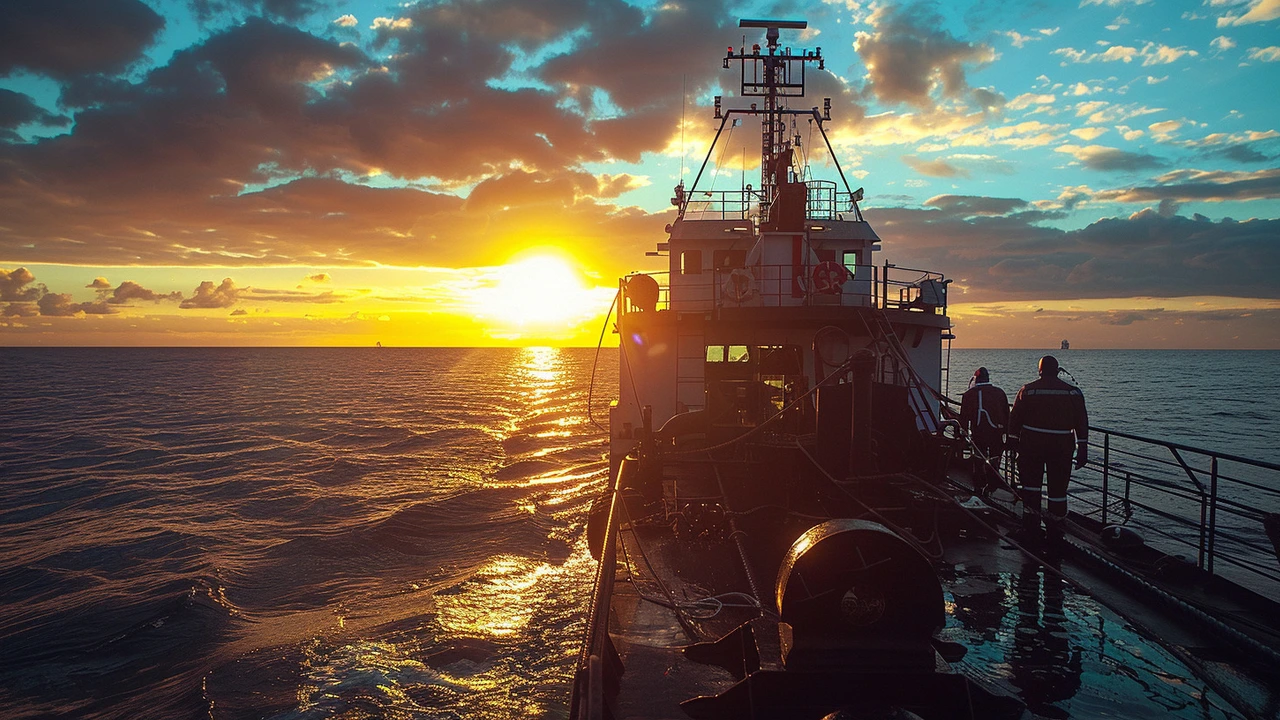Submarine Cables: The Hidden Network Linking Our World
You might not think about it, but when you send a message or stream a video online, there's a vast system beneath the oceans making it happen. Submarine cables are the backbone of the internet, carrying over 95% of the world's data traffic between continents. Without these cables, global communication would be much slower, expensive, and unreliable.
These cables are essentially thick bundles of fiber-optic strands laid on the ocean floor. They transmit data using light signals, allowing huge amounts of information to pass quickly and securely across thousands of miles. Compared to satellites, submarine cables offer lower latency and higher capacity, which is why they remain the preferred choice for international data transfer.
Why Submarine Cables Matter to You
Ever wonder how your video calls stay clear or why streaming high-definition content works smoothly even when the servers are continents away? It’s the submarine cables making that happen. They connect different countries' internet networks, enabling fast communication, international business, and global entertainment.
Companies and governments invest billions to lay and maintain these cables because a single cable failure can disrupt internet service across entire regions. For example, maintenance ships are constantly monitoring these cables, ready to repair breaks caused by natural events or fishing activity. Their role is crucial in keeping us all connected 24/7.
How Are These Cables Laid and Protected?
Laying a submarine cable involves specialized ships that carefully place cable segments along the ocean floor, following a path chosen to avoid undersea hazards like earthquakes or busy shipping lanes. Near shorelines, cables are buried under the seabed to protect them from anchors and trawlers.
Despite these precautions, cables can still get damaged, which shows how fragile yet vital this infrastructure is. When a disruption happens, repair teams act fast to fix the breaks and restore services. It's a complex process but essential to keep the digital world running smoothly.
So next time you blaze through a video call or access information from halfway around the globe, remember it’s thanks to these quiet giants laid across our oceans. Submarine cables keep the world connected, silently working 24/7 beneath the waves.
Exploring the Impact of Submarine Cable Damage on East Africa's Internet Connectivity
The recent internet outage in East Africa was due to submarine cable cuts, exposing the vulnerabilities of critical connectivity infrastructures. These cables are essential for data transmission but are susceptible to various hazards, underlining the urgent need for enhanced, resilient alternatives to safeguard connectivity in the region.
More
